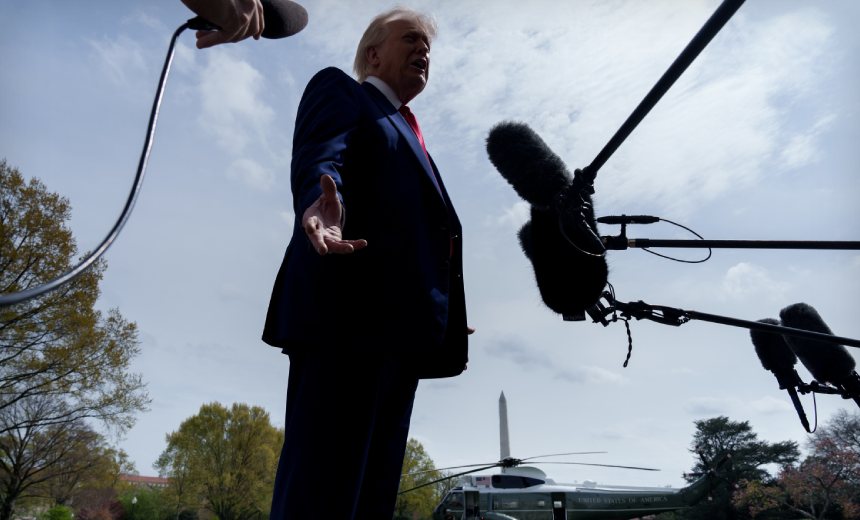Concerns Rise as Trump’s Sudden Dismissals Compromise National Cybersecurity

In a significant move that has raised alarms among cybersecurity experts, President Donald Trump has dismissed U.S. Air Force General Timothy Haugh from his positions as director of the National Security Agency (NSA) and head of U.S. Cyber Command, marking an early shakeup within his second term.
This decision came swiftly after a meeting with far-right figure Laura Loomer, who publicly contended that Haugh’s lack of loyalty to Trump warranted his firing. Loomer’s post on social media insinuated that he, along with his deputy who was also dismissed, were part of a larger purge reportedly affecting several staff members within the National Security Council.
Haugh’s tenure began in February when he took command of the military’s premier cyber unit, succeeding Army General Paul Nakasone. His prior nomination as NSA chief under President Joe Biden in 2023 had encountered delays stemming from allegations surrounding the agency’s procurement of data on American citizens from brokers.
Federal officials, both current and past, have characterized Haugh as a nonpartisan leader with extensive experience in cybersecurity. Many have expressed concern that the ongoing dismissals of key cybersecurity personnel and cuts to vital federal cyber initiatives are eroding the defense of government systems against increasing cyber threats. The urgency of these concerns is amplified by warnings from lawmakers and cybersecurity analysts about Trump’s rollback of established cybersecurity protocols, which could expose critical infrastructure to foreign adversaries and sophisticated cybercriminal operations.
The impact of this tumultuous shift is already resonating within cybersecurity circles. According to Michael Daniel, president of the Cyber Threat Alliance and former cybersecurity coordinator for the Obama administration, the combination of staff turnover and resource withdrawal is leaving government networks alarmingly vulnerable. Daniel noted that Trump’s cyber strategies have already inflicted significant damage and warned that forthcoming reductions in military personnel and budget—especially in cyber commands—risk degrading the United States’ cybersecurity posture.
Prior to his elevation to NSA director, Haugh has held multiple key roles in cyber operations, including deputy commander of U.S. Cyber Command. He was also noted for having a robust record within military intelligence, which increases the stakes of his sudden removal. Notably, Wendy Noble, Haugh’s civilian deputy, was also terminated, indicating a broader shift in the leadership structure overseeing U.S. cybersecurity.
Amid these developments, a former senior U.S. cybersecurity official indicated that Haugh’s removal may compromise military cyber readiness during a critical juncture, as adversarial nations such as Russia and China are closely monitoring these changes. “Our adversaries are vigilant,” the official stated, emphasizing the potential repercussions of diminishing defenses in the face of escalating global cyber threats.
The White House has yet to comment on these dismissals, although they have been corroborated by Congressional leaders from both parties, who expressed deep reservations regarding the implications for national security. Senator Mark Warner labeled the firings “astonishing,” questioning how such moves could enhance public safety amidst escalating cyber threats.
Rumors surrounding Loomer’s influence on these firings have added to the controversy, particularly owing to her history of controversial remarks and conspiracy theories. Trump’s acknowledgment of Loomer’s role, albeit downplayed, raises questions about the direction of cybersecurity policy under his administration and the potential impact on future operations.
In light of these events, business leaders and cybersecurity professionals are urged to stay vigilant, as the stability and readiness of U.S. cyber defenses become increasingly precarious. As organizations navigate this evolving landscape, understanding the potential adversary tactics, including initial access and privilege escalation as outlined in the MITRE ATT&CK framework, will be essential for fortifying defenses against emerging threats.
